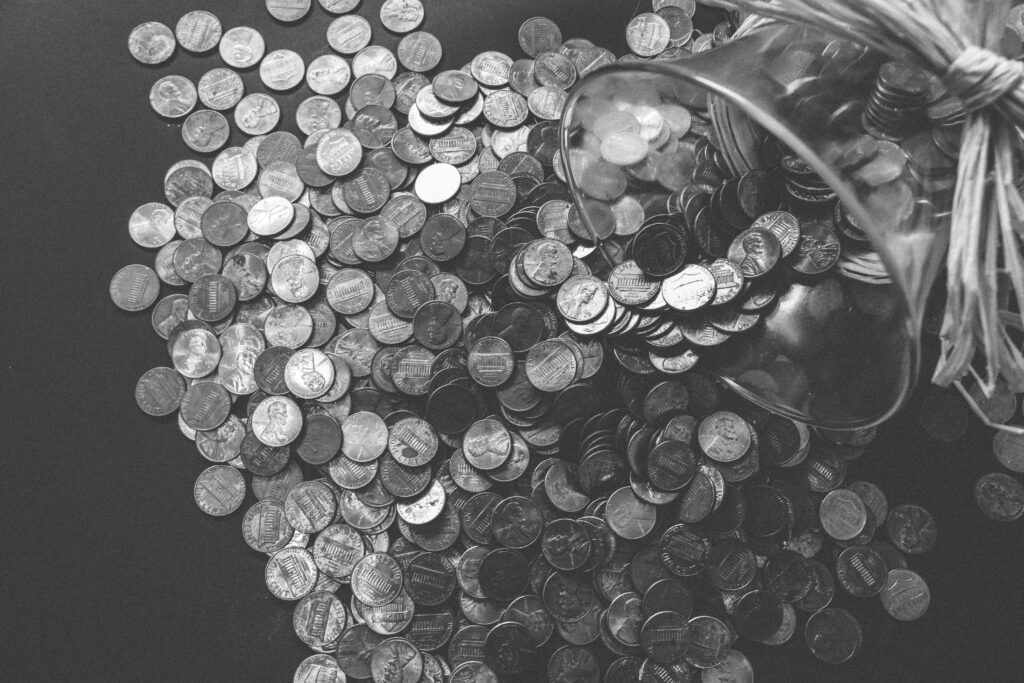1 USD To CAD
Title: Unveiling the Economic Dance: The Ever-Shifting Cost of 1 USD to CAD
In the vast realm of international finance, where currencies intertwine in an intricate economic dance, the exchange rate between the US Dollar (USD) and the Canadian Dollar (CAD) holds a place of paramount significance. Like two skilled dancers on a global stage, the USD and CAD engage in a continuous tango, reflecting the economic health of their respective nations and shaping the financial landscape. The cost of 1 USD to CAD is not merely a number; it’s a window into economic dynamics, fiscal policies, and even a touch of humor.
Understanding the Exchange Rate: A Glimpse into the Dance
At the heart of the matter lies the exchange rate, the rate at which one currency can be exchanged for another. In this case, it’s the cost of obtaining one US Dollar in Canadian Dollars. This rate is never static; it experiences fluctuations influenced by a myriad of factors such as interest rates, inflation, trade balances, and market sentiment.
As of our current analysis, the exchange rate hovers around 1 USD to 1.25 CAD, give or take a few cents. This implies that for every US Dollar, you’d receive approximately 1.25 Canadian Dollars. However, this seemingly straightforward figure masks the intricate mechanisms at play.

Economic Factors in the Spotlight
Behind the scenes, economic indicators are the choreographers guiding this dance. One of the key influencers is the interest rate set by each country’s central bank. Higher interest rates tend to attract foreign capital, strengthening the currency in question. So, if the US Federal Reserve decides to raise interest rates, the USD might become more attractive to investors, potentially leading to an increase in its value relative to the CAD.
Trade balances also play a pivotal role. Imagine a country that exports more goods and services than it imports. This indicates a trade surplus, and the demand for its currency rises as other nations clamor to purchase its products. On the flip side, a trade deficit, where imports surpass exports, could weaken the currency’s value. Hence, the cost of 1 USD to CAD could shift based on the perceived strength of each nation’s trade position.
Inflation’s Silent Influence
Inflation, the gradual increase in prices over time, whispers its influence into this financial symphony. If a country experiences high inflation, its currency’s purchasing power erodes, making foreign goods more attractive. In response, the exchange rate might adjust, pushing the cost of 1 USD to CAD higher. Central banks use various tools, including interest rates and monetary policies, to manage inflation and keep the economic dance harmonious.
A Sense of Humor in the Midst of Numbers
Amidst these intricate economic discussions, let’s not forget the element of humanity. After all, even the most serious financial topics benefit from a touch of levity. So, here’s a joke to lighten the mood:
“Why did the USD blush when talking to the CAD? Because it heard the CAD had a strong ‘currency’ of personality!”
Market Sentiment: The Unpredictable Partner
While economic factors form the core of the exchange rate’s movements, there’s an unpredictable partner in this dance: market sentiment. Emotions, speculations, and perceptions can send shockwaves through the currency markets. News of political instability, unexpected economic data, or global events can trigger rapid shifts in exchange rates. This is where the dance gets a bit chaotic, resembling a spontaneous salsa amidst a structured tango.
The Pandemic’s Influence: A Twist in the Tale
A modern element in this intricate narrative is the COVID-19 pandemic. The global economic stage witnessed unprecedented disruptions as nations grappled with the virus’s impact. Both the USD and CAD experienced fluctuations as governments unveiled stimulus packages, central banks cut interest rates, and economies faced lockdowns. This unexpected twist in the tale reminds us that even the most meticulously choreographed dance can be thrown off balance by unforeseen circumstances.
The Role of Central Banks: Choreographing the Dance
In this intricate choreography, central banks emerge as the master choreographers. They wield tools like interest rates, open market operations, and currency interventions to influence the exchange rate’s movements. If a central bank wants to strengthen its currency, it might raise interest rates or conduct transactions that increase demand for its currency. Conversely, if a country’s currency is getting too strong and affecting export competitiveness, the central bank could intervene to weaken it.
Looking Ahead: Crystal Ball or Cloudy Skies?
Predicting the future of the exchange rate is akin to gazing into a crystal ball on a foggy day – challenging and often inaccurate. Economists, financial experts, and analysts utilize sophisticated models, historical data, and gut instincts to make predictions. However, the unpredictability of global events and the vast array of interconnected variables make pinpoint forecasts a rare achievement.
Conclusion: A Never-Ending Performance
In the grand theater of international finance, the cost of 1 USD to CAD is an ongoing performance, shaped by economic fundamentals, market sentiments, and the unexpected twists that life throws. This exchange rate captures not only the economic strength of two nations but also the dynamic nature of global finance. So, whether it’s the synchronized tango of economic indicators or the spontaneous salsa of market sentiment, the USD to CAD exchange rate remains a captivating show that keeps us on our toes.
As we delve into the complexities of exchange rates, let’s remember that even within the realm of numbers and decimals, a touch of humor can remind us of our shared humanity. After all, the world of finance is not devoid of smiles, and a well-timed joke can be the perfect partner to the most serious of discussions.
So, as we continue to watch the economic dance between the USD and CAD unfold, let’s raise a toast to the ongoing performance – a spectacle that reminds us that behind the numbers and fluctuations, there’s a world of intricate interactions, unforeseen events, and yes, even a joke or two.


